Shadow Generations features some of the best levels in Sonic's 3D history, and now I'm unsure if I can ever return to the blue blur's arms
Opinion | "You're comparing your levels to mine? They're not even good enough to be my game."
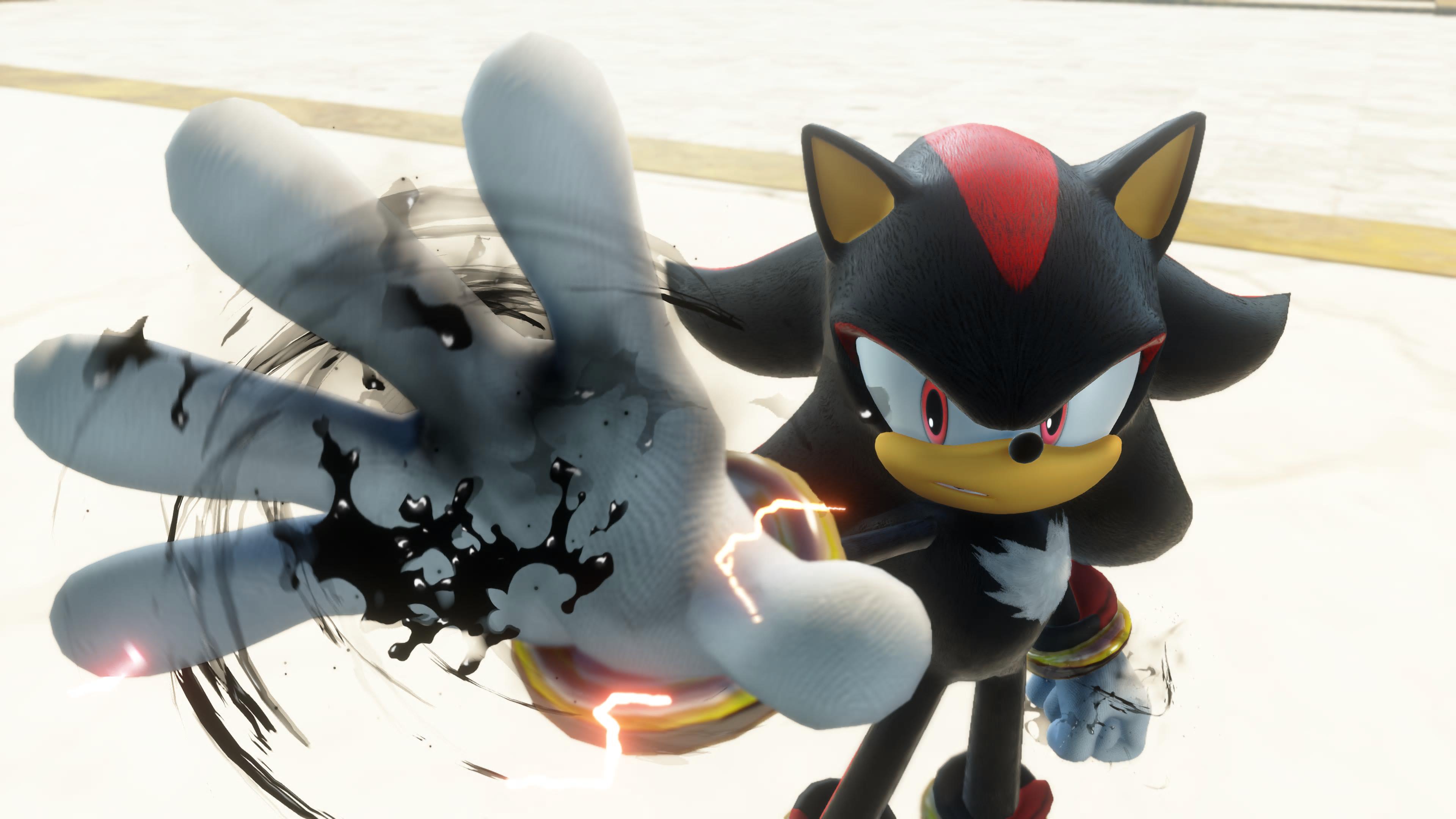
I actually quite like the 2005 Shadow The Hedgehog game. It's an odd duck in the Sonic series, full of over-the-top edginess – but that almost makes it refreshing. Yet, while I enjoy it, I have to recognize it has plenty of moments of jank, with highlights such as gazing out across Glyphic Canyon underscore by clunky controls that cause many deaths in the likes of Cosmic Fall and others.
Naturally, this made me a bit skeptical about the return of my favorite anti-hero to star in his own brand new campaign with Sonic X Shadow Generations. I shouldn't have been. Not only is it a return to form for Shadow, but it features some of the best 3D Sonic levels in the series, period, thanks to some really clever bits of level design and a solid understanding of what makes a speedy platformer fun to master. It's made all the more obvious by being packaged alongside a game that frankly feels worse in comparison (though it is 13 years older).
Don't get me wrong. I love Sonic Generations. I replay it almost every year alongside my other favorite Sonic games. Not only is it a perfect way to speedrun through highlights of every previous game in the series up until its release, but its solid level design manages to balance both the “hold down the button” boost mechanics of the 3D modern sections with the slower-paced jumping of the 2D classic sections.
Rhythm and balance
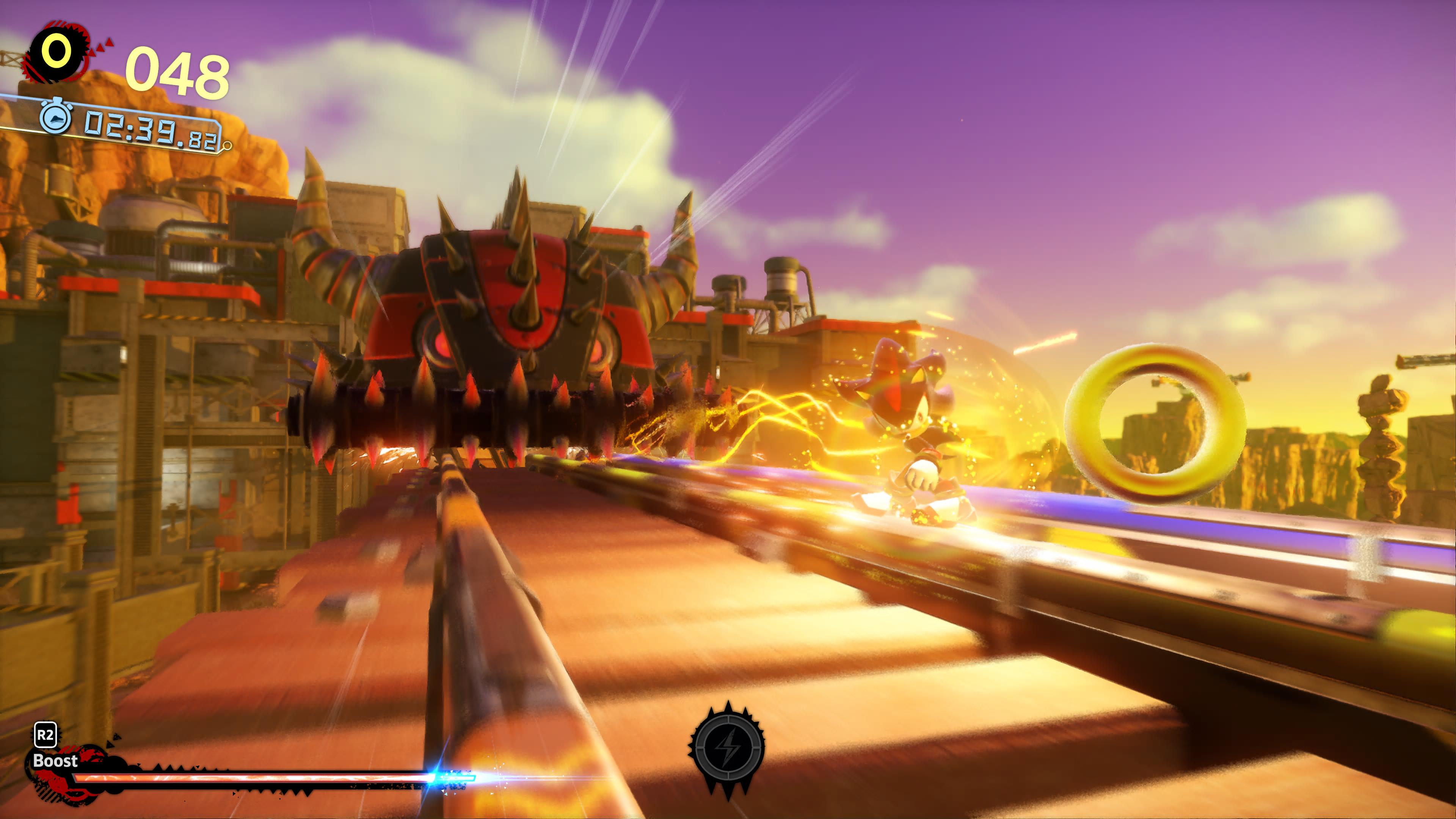
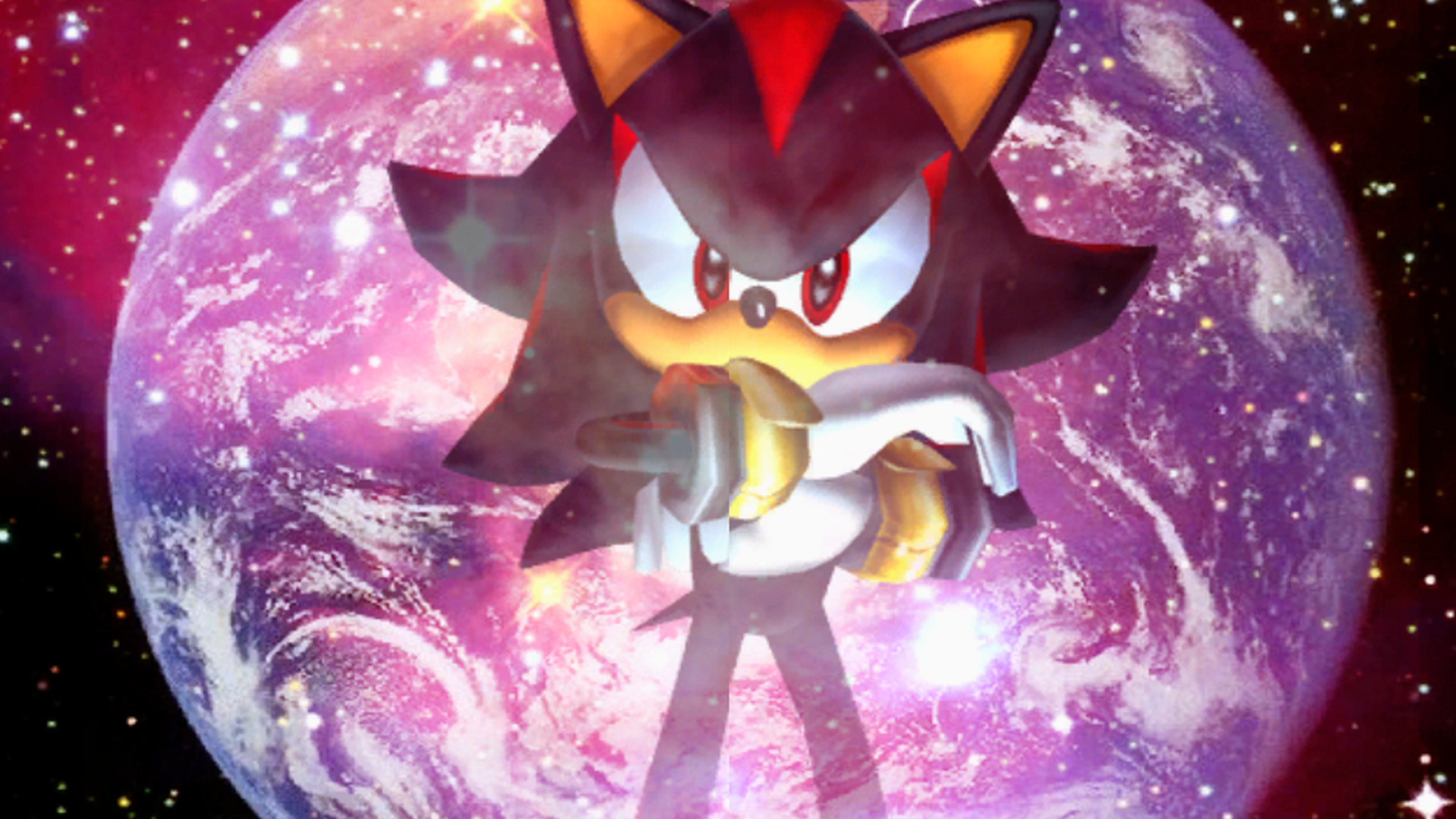
Shadow the Hedgehog is peak Sonic, he's always been peak Sonic, and after 23 years I can't bury the truth any longer. Introduced in 2001 for Sonic Adventure 2 on Dreamcast, Shadow fans have been carrying the torch for ages.
The Shadow Generations half of this remaster is something you select from a menu before either game actually loads up. It’s no quick add-on, but a fully featured campaign in its own right, following Shadow’s point-of-view as he also deals with being sucked into the Time Eater’s White Space dimension (don’t worry, it’s not really explained in much more detail than this in the game either). On the face of it, it’s much the same as Sonic Generations, as the black-and-red ‘hog must blast through six levels from prior Sonic games, split into two acts that favor either a 2D or 3D perspective, and beat up some boss fights along the way.
Yet, as soon as Shadow enters the scene riding a grind rail on the Space Colony ARK, a rocking remix of Sonic Adventure 2’s “Highway In The Sky” blaring, the game immediately just feels different. Shadow is zippy, but he’s not quite as fast as Sonic. But this suits the way his levels are designed, the cadence having you often stopping just briefly enough to pivot yourself towards your next path forward. Even his version of the homing attack, which here has him pop off a mini-teleport to enemies (which can pass through stage hazards) is more considered than Sonic’s quicker dashes.
Crucially, it’s a pacing that allows you to feel in control of Shadow the whole time. He has more powers here than Sonic does in his respective half, so you constantly need to think a bit more about what option to deploy. Even the decision to split the homing attack and jump buttons is well-judged, removing the chance of accidentally doing one move when you wanted the other. It also means you always have the choice to do Shadow’s little second hop (a welcome change from Sonic Generations’ tiny in-air dash, matching Sonic’s movement in other 3D games) which can act as a corrective element in the air.
The supernatural

This is still a fast game that you’re meant to be able to blaze through, and Shadow Generations also allows you to play with the clock cycles of the levels themselves. Shadow’s Chaos Spear (and later, Doom Spear) move can stun enemies in place, and even some hazards, in order to move unimpeded or open them up to damage – sometimes paving the way to whole new routes in the process. It’s a whole new verb to think about when approaching enemies in addition to the homing attack or double jump – do I swap from this grind rail with an enemy on it, or simply deactivate them? Do I drop down onto this other route, or stun an enemy midair to use them as another spring to reach a higher path? Likewise, a Dragon Ball-style Doom Blast beatdown allows you to toss certain enemies into the air to act as stepping stones to new paths, giving you a few seconds to choose where to dropkick them.
Sign up to the GamesRadar+ Newsletter
Weekly digests, tales from the communities you love, and more
Similarly allowing you to mess with the levels themselves is Chaos Control – a larger power that must be charged before use. Stopping time, and the level clock itself (important for getting your best time down), everything becomes frozen in place. Not only can objects that hurt you become stepping stone platforms (like missiles), but also once again allows you to play with the level clock that determines the way stage hazards move back and forth. Not only are you reacting to what the levels throw your way in the moment, but you’ve the power to pre-empt them.
Alternative routes are frequent, short sections of speed constantly opening up to wider sections with multiple ways to move through the space – a big difference from Sonic Generations where even in the 3D spaces the routes were often constrained vertically. Going wider here allows for more interplay between moving between those routes even when you’re on them. It also makes tracking down each Act’s three hidden medals (which allow you to unlock concept art and the like) a lot more fun, as it’s simply clearer where they are. Sonic Generations’ red rings, in comparison, ran the gamut of being either trivially easy to find or rather annoying as you accidentally blazed by them on a one-way path.
Mr. Unsmiley
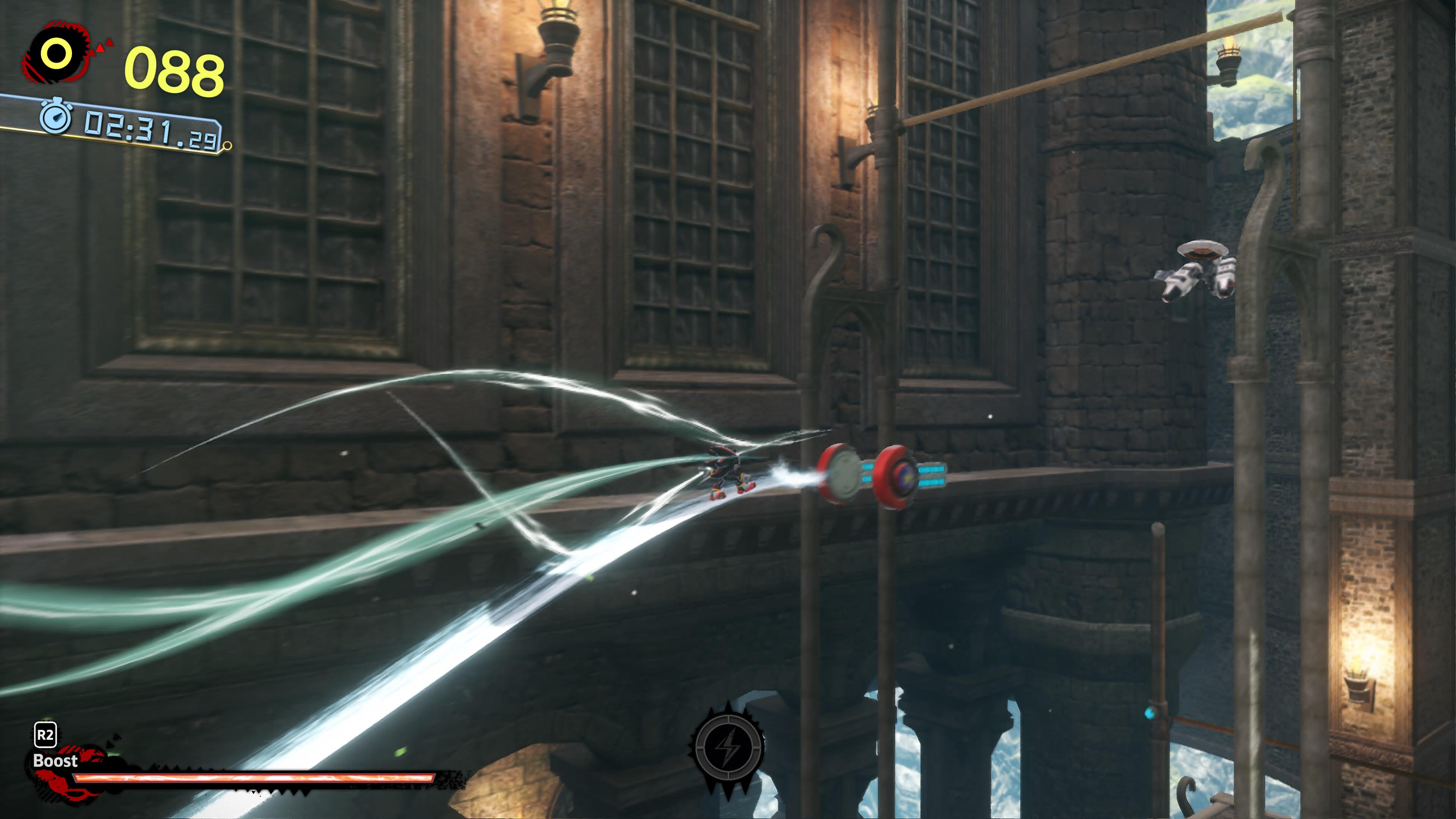
"Shadow has strolled in wildly confident in how Sonic’s speed platforming should evolve."
Shadow’s 2D acts are something of a revelation in that instead of feeling very separate from the 3D acts, they actually feel incredibly similar. Even in 2D, these spaces feel like 3D environments, constantly sending you in and out of the background and foreground, or around corners. As you move, the camera even strategically pulls back at a slight angle in order to prioritize showing you what lies slightly ahead. Instead of being slower and depowered, Shadow is much the same, and has access to his full suite of powers, the way they’re used becoming recontextualized by the space itself – Chaos Spear, for instance, is much more useful for removing hazards when you’re unable to maneuver around them in three-dimensional space.
Some of the Doom powers have a bit of the wisp about them. While I liked the Sonic Colors’ wisp powers well enough, I always felt like I was in the minority by finding them a touch too gimmicky thanks to their very demarcated points of use. Occasionally Shadow Generations’ Doom powers feel the same – Doom Morph is always used in pools of purple ooze, for example, while Doom Surf is (you guessed it) used on water – but a lot of Shadow’s powers can also be used creatively to navigate levels as well. Doom Wings can be so transformative that by the time you unlock them to use freely, Shadow Generations adds it as a toggle in stage select to track your time separately for each.
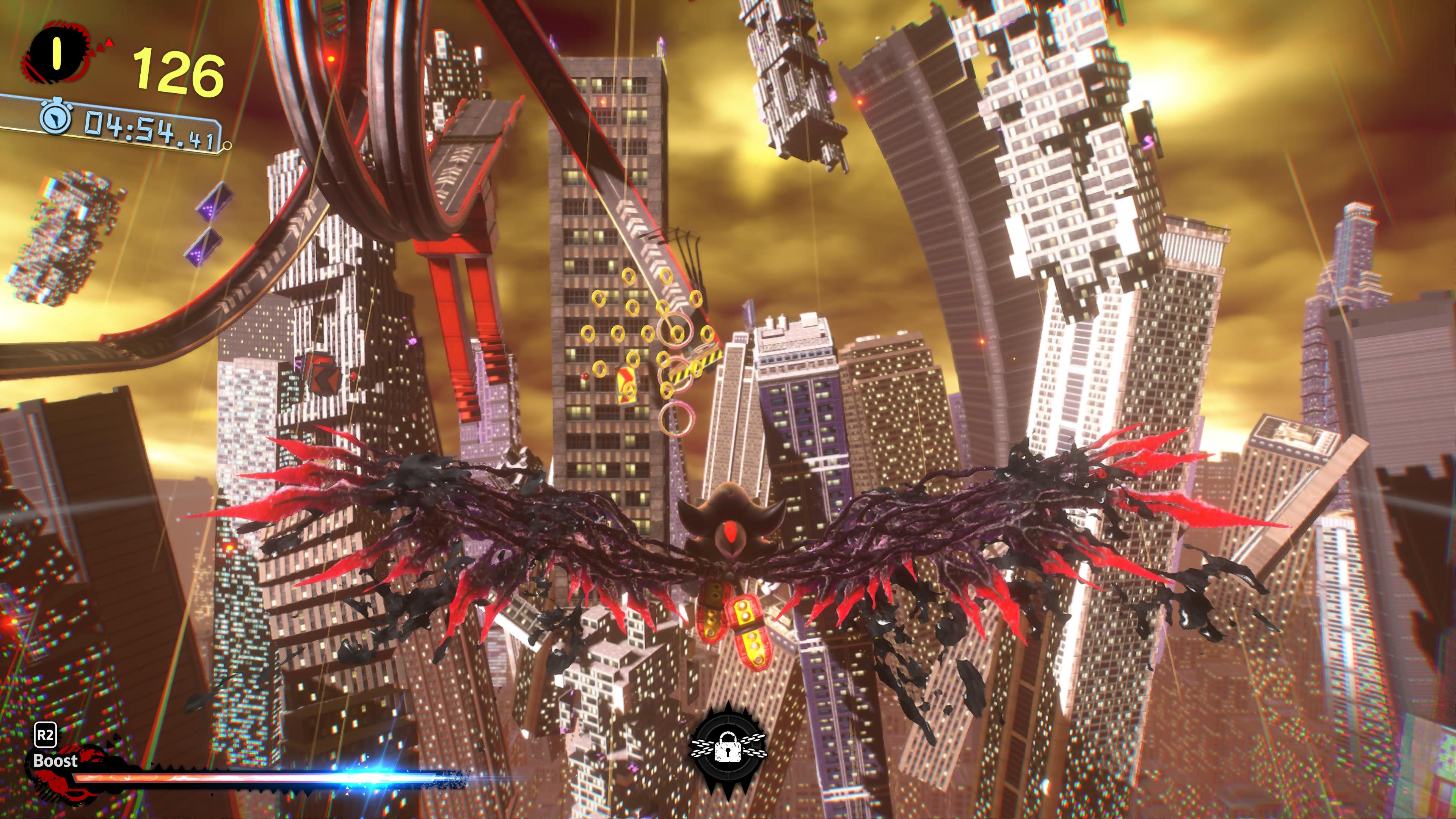
Doom Wings’ primary use comes in the game’s final level across both of its acts – triumphantly weaving together the wider design from previous levels into spaces that feel truly open. There’s the sense you can use the wings to tear apart the levels, weaving around the skyscrapers that form the level’s backdrop. But, with a limitation to how long you can spend in the air, and compelling points of platforming to stomp around (you don’t even have to use the wings to finish these stages), it manages to keep guiding you through the stage while teasing you with moments to save time or uncover secrets.
Shadow Generations isn’t simply about iterating on earlier Sonic platformers, either. The White Space hub where you spend time between levels is a fully explorable 3D environment that explicitly takes cues from Sonic Frontiers’ open world approach. While pop-in is still a (very minor) issue for the floating platforms that hide plenty of chests containing treasure, the hyper-condensed nature of them here greatly improves navigation and clarity making your way through these short-and-sweet jumping challenges. While in Sonic Frontiers most of Sonic’s upgrades were about wrangling the blue blur into an open world context, Shadow Generations’ own power-ups are more playfully about platforming itself, focused on re-examining the core loop of blasting through levels at high speeds.
Shadow Generations is a short game – it took me about five hours on the first go around – but I’ve already over doubled that by returning to the stages to mess around with them more and best my times. While some recent Sonic games have struggled with finding the series’ identity, Shadow has strolled in wildly confident in how Sonic’s speed platforming should evolve. Talk about being the ultimate lifeform.
Want to go even faster? We've got our ranking of the best Sonic games of all time to help you out. Or a different kind of jumping take your fancy? Our best platformers list provides some fun alternatives!

Games Editor Oscar Taylor-Kent brings his Official PlayStation Magazine and PLAY knowledge to continue to revel in all things capital 'G' games. A noted PS Vita apologist, he's always got his fingers on many buttons, having also written for Edge, PC Gamer, SFX, Official Xbox Magazine, Kotaku, Waypoint, GamesMaster, PCGamesN, and Xbox, to name a few.
When not knee deep in character action games, he loves to get lost in an epic story across RPGs and visual novels. Recent favourites? Elden Ring: Shadow Of The Erdtree, 1000xResist, and Metaphor: ReFantazio! Rarely focused entirely on the new, the call to return to retro is constant, whether that's a quick evening speed through Sonic 3 & Knuckles or yet another Jakathon through Naughty Dog's PS2 masterpieces.


